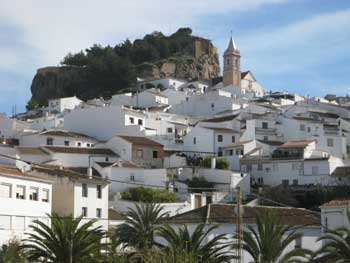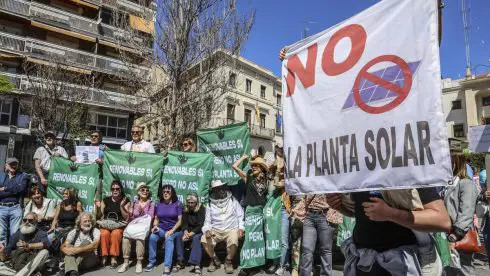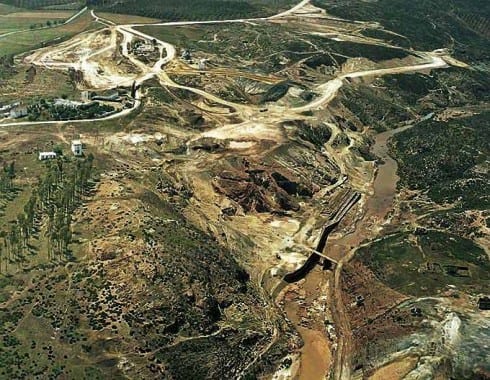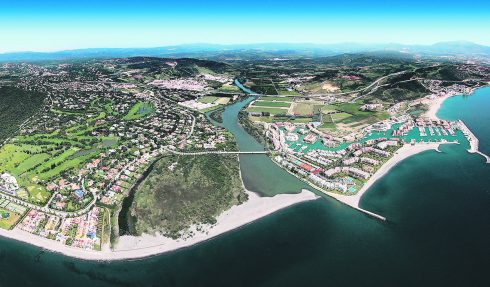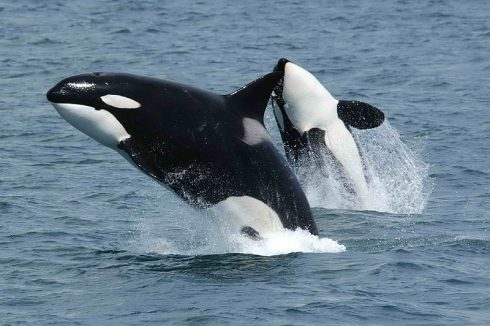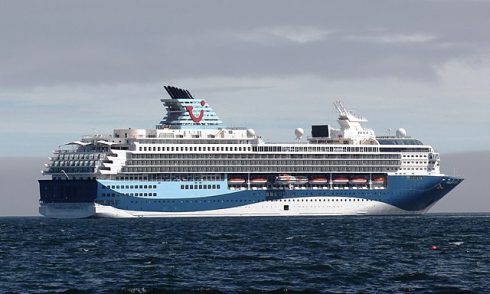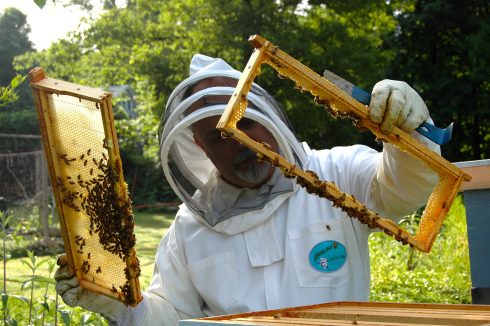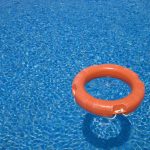RESEARCHERS have found up to thirteen marine and freshwater shells in the Ardales Cave that were ‘carefully transformed’ into ornaments between 25,000 and 30,000 years ago by the first Homo sapiens.
According to a study recently published in the environmental scientific journal Environmental Archaeology, humans of the genus Homo sapiens wore necklaces and earrings made with seashells from the Bay of Malaga
The study, led by the University of Cadiz in collaboration with the Neanderthal Museum of Cologne, the University of Cologne and the Ardales Cave, has been published in the journal Environmental Archaeology: The Journal of Human Paleoecology.
In a press release, the University of Cadiz has explained that this discovery once again places the archaeological site of Ardales Cave ‘among the most important in the Iberian Peninsula’.
The analysis of these shells has been headed by UCA professor Juan Jesus Cantillo Duarte who has highlighted the symbolic significance of the ornaments and the fact that to make them, these first Homo sapiens had to travel a distance of more than 50 kilometres to collect the shells.
“It is unusual to find this type of marine remains in caves located so far inland and with such an ancient chronology… and reveals a significant advance in the development of cognition of Homo sapiens.” Cantillo Duarte said.
“On the Mediterranean, only a little more than a hundred remains were known, and all of them are located on the coast,” the professor added.
According to Pedro Cantalejo, research director of the Ardales Cave, the results of the excavations in the Ardales Cave over the years suggest that it was used as a place of ‘specialised symbolic activities during several phases of the Upper Palaeolithic.’
The famous Cueva de Ardales in Malaga was used by ancient humans for over 50,000 years, and is renowned for prehistoric cave art featuring over 1,000 paintings and engravings made by prehistoric people, as well as artifacts and human remains.
READ MORE:
- Travel: Exploring Spain’s buried treasures – cool caves
- One of Europe’s biggest megalithic sites discovered in southern Spain while planting avocados

